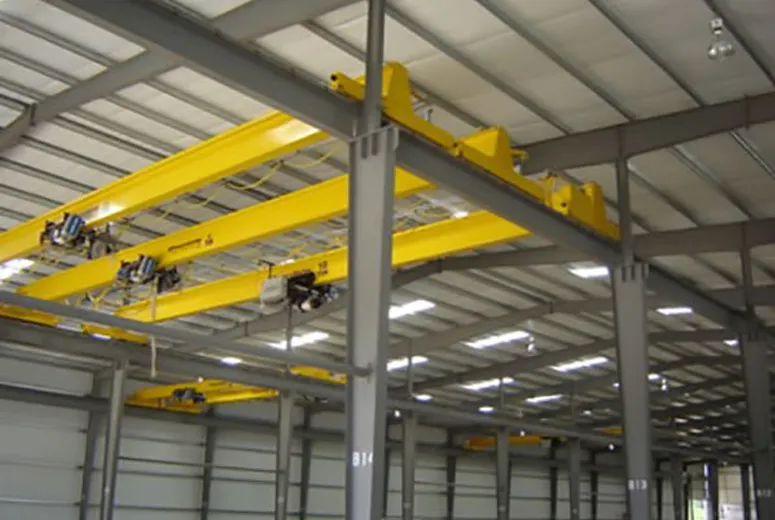- Afrikaans
- Albanian
- Amharic
- Arabic
- Armenian
- Azerbaijani
- Basque
- Belarusian
- Bengali
- Bosnian
- Bulgarian
- Catalan
- Cebuano
- Corsican
- Croatian
- Czech
- Danish
- Dutch
- English
- Esperanto
- Estonian
- Finnish
- French
- Frisian
- Galician
- Georgian
- German
- Greek
- Gujarati
- Haitian Creole
- hausa
- hawaiian
- Hebrew
- Hindi
- Miao
- Hungarian
- Icelandic
- igbo
- Indonesian
- irish
- Italian
- Japanese
- Javanese
- Kannada
- kazakh
- Khmer
- Rwandese
- Korean
- Kurdish
- Kyrgyz
- Lao
- Latin
- Latvian
- Lithuanian
- Luxembourgish
- Macedonian
- Malgashi
- Malay
- Malayalam
- Maltese
- Maori
- Marathi
- Mongolian
- Myanmar
- Nepali
- Norwegian
- Norwegian
- Occitan
- Pashto
- Persian
- Polish
- Portuguese
- Punjabi
- Romanian
- Russian
- Samoan
- Scottish Gaelic
- Serbian
- Sesotho
- Shona
- Sindhi
- Sinhala
- Slovak
- Slovenian
- Somali
- Spanish
- Sundanese
- Swahili
- Swedish
- Tagalog
- Tajik
- Tamil
- Tatar
- Telugu
- Thai
- Turkish
- Turkmen
- Ukrainian
- Urdu
- Uighur
- Uzbek
- Vietnamese
- Welsh
- Bantu
- Yiddish
- Yoruba
- Zulu
dec . 09, 2024 14:28 Back to list
The Rise of Steel Frame Building Construction
Steel frame construction has revolutionized the architecture and engineering industries, offering a robust and versatile framework for a variety of structures. This method has gained immense popularity in the construction arena for its numerous advantages, including durability, scalability, and cost-effectiveness. In this article, we will explore the key features, benefits, and applications of steel frame building construction.
Understanding Steel Frame Construction
At its core, steel frame construction involves the use of steel columns, beams, and steel trusses to create a rigid framework that supports the building. This method allows for larger open spaces and ensures the structural integrity of the building. The major components of a steel frame include the following
1. Columns Vertical structural elements that support the weight of beams and the building. 2. Beams Horizontal elements that transfer loads from the roof and floors down to the columns. 3. Trusses Triangular frameworks used to support roofs and create large spans without the need for interior supports.
The flexibility of steel as a material allows architects to design innovative structures that were previously impossible. Steel can be easily molded and fabricated, enabling the creation of unique architectural forms.
Advantages of Steel Frame Construction
1. Strength and Durability Steel is one of the strongest construction materials available. It can withstand extreme weather conditions, seismic activities, and heavy loads. Unlike wood, steel does not warp, crack, or split, making it a long-lasting option for construction.
2. Speed of Construction Steel components are prefabricated off-site and can be delivered to the construction site ready for assembly. This significantly speeds up the construction process, leading to reduced labor costs and faster project completion times.
3. Design Flexibility The inherent properties of steel allow for greater creativity and flexibility in design. Architects can create larger spans without the need for additional supporting walls, freeing up valuable interior space for open-plan designs.
4. Environmental Sustainability Steel is a recyclable material, which makes it an environmentally friendly choice. Construction sites can reuse steel from old buildings, reducing waste and the demand for new raw materials. Furthermore, energy-efficient steel construction can contribute to sustainability goals.
steel frame building construction

5. Cost-Effectiveness While the initial costs of steel framing may be higher than traditional materials like wood, the overall economic benefits make it a wise investment. The longevity and minimal maintenance requirements of steel structures can lead to significant savings over time.
Applications of Steel Frame Construction
Steel frame construction is highly versatile, making it suitable for a broad spectrum of projects, including
1. Commercial Buildings Many high-rises, office buildings, and shopping centers utilize steel frames due to their ability to support large loads and provide expansive open spaces.
2. Industrial Structures Warehouses, factories, and distribution centers benefit from the clear spans and robust frameworks of steel, allowing for efficient use of space.
3. Residential Projects Increasingly, steel frame construction is being used in residential homes, particularly in areas prone to natural disasters such as hurricanes and earthquakes, where structural stability is crucial.
4. Bridges and Infrastructure The use of steel frames is common in bridge construction and other infrastructures due to their strength-to-weight ratio, allowing for long-lasting and resilient structures.
5. Sports Facilities Arenas and stadiums often employ steel frames to create large-scale, unobstructed spaces that can accommodate thousands of spectators.
Conclusion
Steel frame building construction is a transformative technique that has changed the landscape of modern architecture and engineering. Its myriad of benefits, including strength, speed, design flexibility, and sustainability, make it an attractive option for various construction projects. As the demand for efficient, durable, and eco-friendly building solutions continues to grow, steel frame construction is poised to play a pivotal role in the future of the built environment. Whether for commercial, residential, or industrial purposes, steel frames offer a reliable foundation for innovation and creativity in construction.
-
Cold Formed Steel Residential Framing
NewsMay.21,2025
-
Innovative Steel Structure Building Solutions
NewsMay.19,2025
-
Innovative Prefab Metal Shed Solutions
NewsMay.19,2025
-
Durable Steel Horse Shelter Solutions
NewsMay.19,2025
-
Durable Metal Shed Solutions
NewsMay.19,2025
-
Durable Big Metal Shed Solutions
NewsMay.19,2025
Products categories
Our Latest News
We have a professional design team and an excellent production and construction team.












